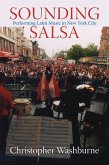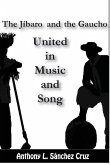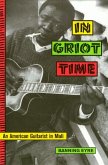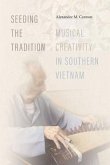Trinidadian sitarist, composer, and music authority Mangal Patasar once remarked about tan-singing",You take a capsule from India, leave it here for a hundred years, and this is what you get". Patasar was referring to what may be the most sophisticated and distinctive art form cultivated among the one and a half million East Indians whose ancestors migrated as indentured laborers from colonial India to the West Indies between 1845 and 1917. Known in Trinidad and Guyana as "tan-singing" or "local-classical music" and in Suriname as "baithak gana" ("sitting music"), tan-singing has evolved into a unique idiom, embodying the rich poetic and musical heritage brought from India as modified by a diaspora group largely cut off from its ancestral homeland. In recent decades, however, tan-singing has been declining, regarded as quaint and crude by younger generations raised on MTV, Hindi film music, and disco. At the same time, Indo-Caribbeans have been participating in their countries' economic, political, and cultural lives to a far greter extent than previously. Accompanying this participation has been a lively cultural revival, encompassing both an enhanced assertion of Indianness and a spirit of innovative syncretism. One of the most well-known products of this process is chutney, a dynamic music and dance phenomenon that is simultaneously a folk revival and a pop hybrid. In Trinidad, it has also been the vehicle for a controversial form of female empowerment and an agent of a new, more inclusive, conception of national identity. Thus, East Indian Music in the West Indies is a portrait of a diaspora community in motion. It documents the social and cultural development of a people"without history", a people who have sometimes been dismissed as foreigners who merely perpetuate the culture of the homeland rather than becoming "truly" Carribean. Professor Manuel shows how inaccurate this characterization is. On the one hand, in the form of tan-singing, it ex
Hinweis: Dieser Artikel kann nur an eine deutsche Lieferadresse ausgeliefert werden.
Hinweis: Dieser Artikel kann nur an eine deutsche Lieferadresse ausgeliefert werden.

![East Indian Music [With CD] - Manuel, Peter East Indian Music [With CD] - Manuel, Peter](https://bilder.buecher.de/produkte/59/59662/59662965n.jpg)




![Newe Hupia: Shoshoni Poetry Songs [With CD] Newe Hupia: Shoshoni Poetry Songs [With CD]](https://bilder.buecher.de/produkte/54/54589/54589209m.jpg)

